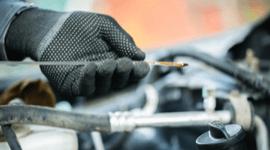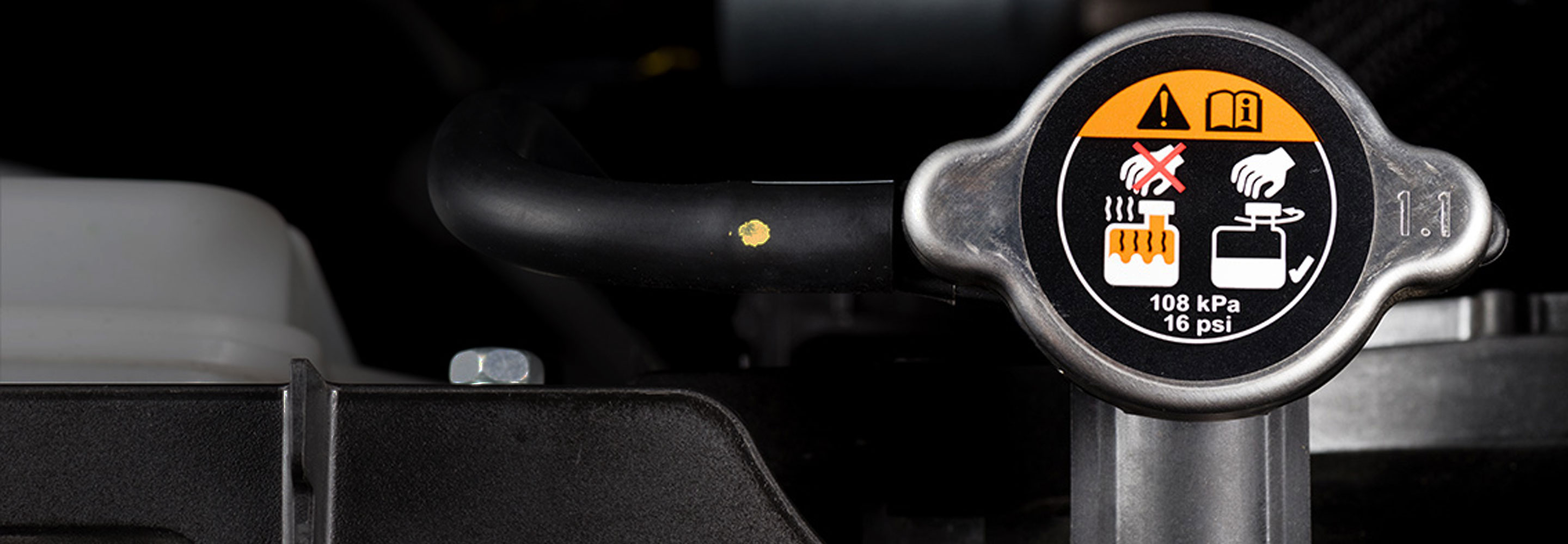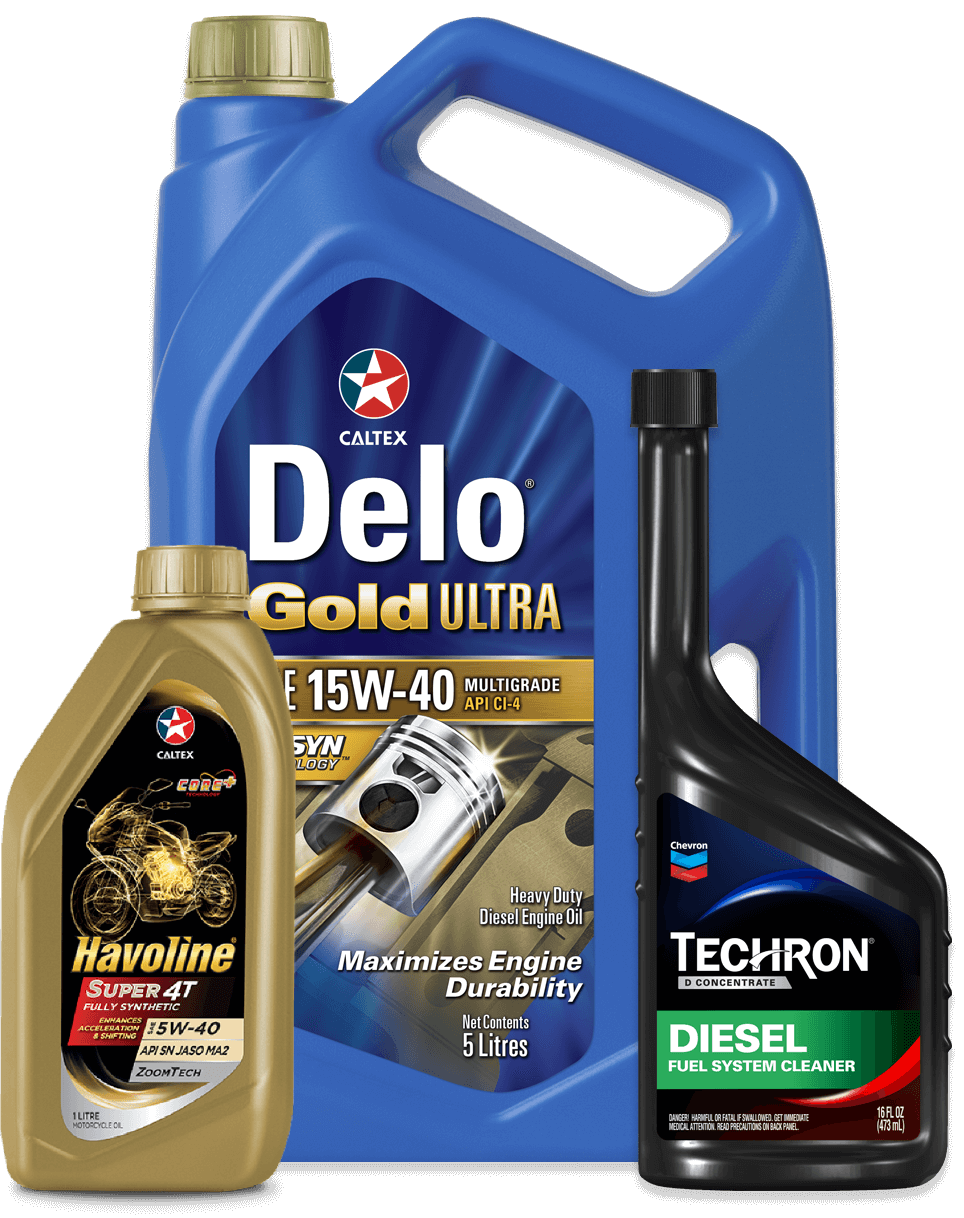A coolant, or “antifreeze”, as referred to by the vast majority of consumers, serves a couple of relatively simple purposes in automotive and industrial applications. They provide freeze and boil protection and they prevent corrosion. But in a market of ever-increasing technologies, OEM requirements, and even colors, the products can seem quite complex. With this perception of complexity comes a laundry list of questions: “What’s the difference between a red coolant and a green coolant? What will happen if I mix the two? Is ethylene glycol the same as propylene glycol?” In this article we’ll try to answer these and other questions by breaking things down into bite-size chunks that are easy to understand.
What is a Coolant?
While a coolant can be made of a liquid, or other substance depending upon the application, let’s focus on those used in engines by the automotive industry, since they’re probably the most common – or at least the ones people are most familiar with. Cars and trucks with internal combustion engines burning gasoline, diesel and natural gas fuels use coolants. Liquid circulating around the engine absorbs heat created by combustion, then carries it away from the engine where it cools as it passes through a radiator. Automotive coolants are generally made of three key components: water, glycol and an additive or chemical inhibitor package.
Water is inexpensive and the most effective heat exchange medium, but has a relatively narrow temperature range from freeze point to boiling point. Because vehicles in many parts of the world can experience ambient temperatures well below ‘freezing’ during winter, and engine operating temperatures can reach well above water’s boiling point while in use, heat exchange and freeze protection are critical.
Glycol (ethylene or propylene glycol) is added to water to withstand freezing temperatures and to raise the boiling point so that the engine stays cool during operation. Ethylene glycol is perhaps the most common because it has better heat exchange properties than propylene glycol, which is less toxic. Mixing the two glycols in the water can result in erroneous freeze point readings on a refractometer or hydrometer.
The Rainbow of Confusion
While the color of a coolant - red, orange, yellow, green, blue, purple, pink, etc., may denote a particular coolant type, there is no industry standard that manufacturers are required to follow when marketing their products. These colors are merely the result of a dye that is added to aid in identification and has no effect on quality or performance.
Finally, a chemical inhibitor, or additive package, is added to help prevent corrosion in the radiator, water pump and other internal cooling system components.
Coolant Types
As previously mentioned, there are several coolant technologies in the market today and they differ from one another based upon factors such as service application, service life and maintenance requirements.
Here’s an overview:
Conventional Low-silicate – Often called “green antifreeze,” this fluorescent green, glycol-based product is also known as an IAT (inorganic additive technology) and contains silicates as part of its inhibitor package. Conventional coolants are inexpensive and have an average service life of about 50,000 miles and are most often used in light duty automotive engines where silicates are required. They inhibit corrosion by laying down a chemical layer over metallic surfaces inside the cooling system. But this added layer is an impediment to heat exchange and can also shorten the life of the water pump due to scale buildup.
Fully-formulated – Very similar to conventional low-silicate coolants, fully-formulated coolants come with the addition of a pre-charge of supplemental coolant additives (SCA’s), which are designed to protect cylinder liners in heavy duty engines from a phenomenon called cavitation. High pressures around the sleeve liners over time can result in pitting and eventual perforation. To maintain cavitation protection, fully-formulated coolants require the periodic addition of SCA’s throughout the life of the coolant. In addition to the added cost of SCA’s, the eventual increase in total dissolved solids in circulation can result in pump vane and seal wear. Fully-formulated coolants are most often green, pink or purple.
Extended Life Coolants (ELC) – Most often used in heavy duty applications, ELC’s are formulated with special chemistries to prevent liner cavitation from occurring throughout the coolant life. They can be nitrited – NOAT (nitrited organic additive technology), or nitrite-free – OAT (organic additive technology), depending upon the specific OEM requirement. SCA’s are not required, but extender inhibitor packages can be purchased which, when added, will further extend their long service life. NOAT’s are typically red in color while those of OAT’s may vary. Unlike conventional and fully-formulated coolants, ELC’s do not contain solid additives and thus afford extended pump life.
A third type of ELC called a HOAT (hybrid organic additive technology) has an inhibitor package that combines IAT and OAT chemistries. Like fully-formulated coolants, HOAT’s do require the periodic addition of SCA’s.
Mixing Coolants
There are varying opinions and misconceptions about what can happen if two different coolants are mixed in an engine cooling system. In general, coolants should be considered compatible – that is, mixing will not have catastrophic results. However, mixing a high-quality coolant with one of inferior quality will likely result in a product that will not afford the best protection for your engine. If topping off is necessary, it is best to have your coolant checked at the next opportunity to ensure it is still fit-for-purpose.
Conclusion
Because many do-it-yourselfers tend to focus on oil changes and other maintenance, coolant maintenance and testing can take a back seat, leading to engine problems if not given proper attention. If you have questions about which coolant is right for your vehicle or want to know when coolant should be checked or changed, it’s always best to check your OEM manual or call your supplier or maintenance professional.
A coolant, or “antifreeze”, as referred to by the vast majority of consumers, serves a couple of relatively simple purposes in automotive and industrial applications. They provide freeze and boil protection and they prevent corrosion. But in a market of ever-increasing technologies, OEM requirements, and even colors, the products can seem quite complex. With this perception of complexity comes a laundry list of questions: “What’s the difference between a red coolant and a green coolant? What will happen if I mix the two? Is ethylene glycol the same as propylene glycol?” In this article we’ll try to answer these and other questions by breaking things down into bite-size chunks that are easy to understand.
What is a Coolant?
While a coolant can be made of a liquid, or other substance depending upon the application, let’s focus on those used in engines by the automotive industry, since they’re probably the most common – or at least the ones people are most familiar with. Cars and trucks with internal combustion engines burning gasoline, diesel and natural gas fuels use coolants. Liquid circulating around the engine absorbs heat created by combustion, then carries it away from the engine where it cools as it passes through a radiator. Automotive coolants are generally made of three key components: water, glycol and an additive or chemical inhibitor package.
Water is inexpensive and the most effective heat exchange medium, but has a relatively narrow temperature range from freeze point to boiling point. Because vehicles in many parts of the world can experience ambient temperatures well below ‘freezing’ during winter, and engine operating temperatures can reach well above water’s boiling point while in use, heat exchange and freeze protection are critical.
Glycol (ethylene or propylene glycol) is added to water to withstand freezing temperatures and to raise the boiling point so that the engine stays cool during operation. Ethylene glycol is perhaps the most common because it has better heat exchange properties than propylene glycol, which is less toxic. Mixing the two glycols in the water can result in erroneous freeze point readings on a refractometer or hydrometer.
The Rainbow of Confusion
While the color of a coolant - red, orange, yellow, green, blue, purple, pink, etc., may denote a particular coolant type, there is no industry standard that manufacturers are required to follow when marketing their products. These colors are merely the result of a dye that is added to aid in identification and has no effect on quality or performance.
Finally, a chemical inhibitor, or additive package, is added to help prevent corrosion in the radiator, water pump and other internal cooling system components.
Coolant Types
As previously mentioned, there are several coolant technologies in the market today and they differ from one another based upon factors such as service application, service life and maintenance requirements.
Here’s an overview:
Conventional Low-silicate – Often called “green antifreeze,” this fluorescent green, glycol-based product is also known as an IAT (inorganic additive technology) and contains silicates as part of its inhibitor package. Conventional coolants are inexpensive and have an average service life of about 50,000 miles and are most often used in light duty automotive engines where silicates are required. They inhibit corrosion by laying down a chemical layer over metallic surfaces inside the cooling system. But this added layer is an impediment to heat exchange and can also shorten the life of the water pump due to scale buildup.
Fully-formulated – Very similar to conventional low-silicate coolants, fully-formulated coolants come with the addition of a pre-charge of supplemental coolant additives (SCA’s), which are designed to protect cylinder liners in heavy duty engines from a phenomenon called cavitation. High pressures around the sleeve liners over time can result in pitting and eventual perforation. To maintain cavitation protection, fully-formulated coolants require the periodic addition of SCA’s throughout the life of the coolant. In addition to the added cost of SCA’s, the eventual increase in total dissolved solids in circulation can result in pump vane and seal wear. Fully-formulated coolants are most often green, pink or purple.
Extended Life Coolants (ELC) – Most often used in heavy duty applications, ELC’s are formulated with special chemistries to prevent liner cavitation from occurring throughout the coolant life. They can be nitrited – NOAT (nitrited organic additive technology), or nitrite-free – OAT (organic additive technology), depending upon the specific OEM requirement. SCA’s are not required, but extender inhibitor packages can be purchased which, when added, will further extend their long service life. NOAT’s are typically red in color while those of OAT’s may vary. Unlike conventional and fully-formulated coolants, ELC’s do not contain solid additives and thus afford extended pump life.
A third type of ELC called a HOAT (hybrid organic additive technology) has an inhibitor package that combines IAT and OAT chemistries. Like fully-formulated coolants, HOAT’s do require the periodic addition of SCA’s.
Mixing Coolants
There are varying opinions and misconceptions about what can happen if two different coolants are mixed in an engine cooling system. In general, coolants should be considered compatible – that is, mixing will not have catastrophic results. However, mixing a high-quality coolant with one of inferior quality will likely result in a product that will not afford the best protection for your engine. If topping off is necessary, it is best to have your coolant checked at the next opportunity to ensure it is still fit-for-purpose.
Conclusion
Because many do-it-yourselfers tend to focus on oil changes and other maintenance, coolant maintenance and testing can take a back seat, leading to engine problems if not given proper attention. If you have questions about which coolant is right for your vehicle or want to know when coolant should be checked or changed, it’s always best to check your OEM manual or call your supplier or maintenance professional.

About Author
Since joining the company in 2000, David Hasch has held various roles at Chevron including direct sales representative, supply chain production planner, and lubrication engineer in Chevron Lubetek where he provided technical support for lubricants across the globe. In his current position, Marketing specialist, he creates technical content to help showcase the company's products and solutions across all commercial and industrial market segments in North America. David graduated from the University of Louisville with a Bachelor of Science in Urban Geography and GIS Technology. He earned his CLS in 2014 and is fluent in Spanish and Portuguese.
ARTICLES FOR YOU
ARTICLES FOR YOU

Trends in Passenger Car Motor Oils: Evolving Engine Technology Driving Change
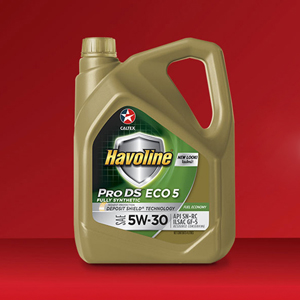
GM’s dexos1™ PCMO Specification Knowledge
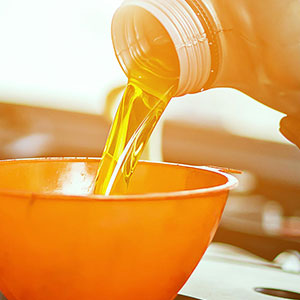
How Synthetic Oils Are Helping Cars Last Longer

Synthetic Oils Are The Wave Of The Future For Passenger Cars
Need more assistance?
Begin your journey towards world class products and services with Caltex.






